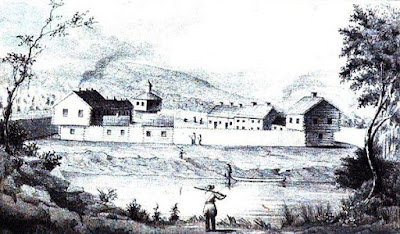The 20th Amendment
The 20th Amendment improved the process of electing presidents.
The amendment shortened the period between elections and when the president, vice president, and members of Congress take office. Before the 20th Amendment went into effect in 1933, the president was not inaugurated until March 4, the same day the new session of Congress began.
Politicians on the way out are called “lame ducks” and may be of the other party than those who replace them. Lame ducks can pass or carry out laws without being responsible to the voters. The 20th Amendment shorted the lame-duck presidency by 43 days.
Think of the election of 1932 in the height of the Great Depression when President-Elect Franklin D. Roosevelt could only stand by and watch until March 4, 1933. The New Deal had to wait while President Hoover flailed with his inept policies, unemployment soared to 23%, the U.S. industrial output was collapsing, and more banks failed.
Remember the voters do not elect the president. They vote for electors who vote for president in the Electoral College. Each state gets one elector for each representative and senator they have in Congress. The candidate who gets a majority of the electoral votes becomes the president-elect.
Twice before ratification of the 20th Amendment no candidate received a majority vote by the Electoral College. The lame-duck House of Representatives then had the responsibility of voting for the president.
It took 36 ballots for the House to elect Thomas Jefferson in the election of 1800. The contentious vote lasted for a week in February 1801.
In 1824 four candidates split the votes in the Electoral College. As prescribed by the 12th Amendment, the House of Representatives had to choose from among the top three candidates: Andrew Jackson, John Quincy Adams, and William Crawford. Henry Clay, the candidate with the least electoral votes, campaigned for John Quincy Adams, who won with 13 votes against Jackson’s seven. According to Article II of the Constitution, each state gets only one vote, no matter how many representatives they have.
Because the new session of Congress now begins on January 3, and the president is not inaugurated until January 20, the new House of Representatives would vote for president, if the Electoral College fails to do so.
If no candidate receives a majority vote for vice president in the Electoral College, the Senate meets to elect the vice president.
What happens if the president-elect dies before January 20, Inauguration Day? The vice president-elect is sworn in as president.
There are two situations when the vice president-elect is sworn in as vice president and acts temporarily as the president. This could happen if the House of Representatives fails to elect a president by January 20th. This could also happen if the president-elect has failed to qualify as president. The vice president acts as president until a president qualifies.
Congress passed the Presidential Succession Act to establish who would act as president if neither the president-elect nor the vice president-elect is elected or qualifies and when the president and vice president have died, been removed from office, resigned, or are unable to serve. It establishes the line of succession after the president and vice president.
The 20th Amendment improved our democracy by fixing a few problems with our elections.
Jacqueline Richey, member of Living Democracy: Engaging Citizens, a local citizen group.
Our mission is to inform and educate the Mid-Ohio Valley about how government works on the local, state, and federal levels and how citizens can be involved to make our democracy work.
Join us the third Monday of each month. livingdemocracymov@gmail.com and facebook/livingdemocracy:engagingcitizens and Youtube channel Living Democracy.

